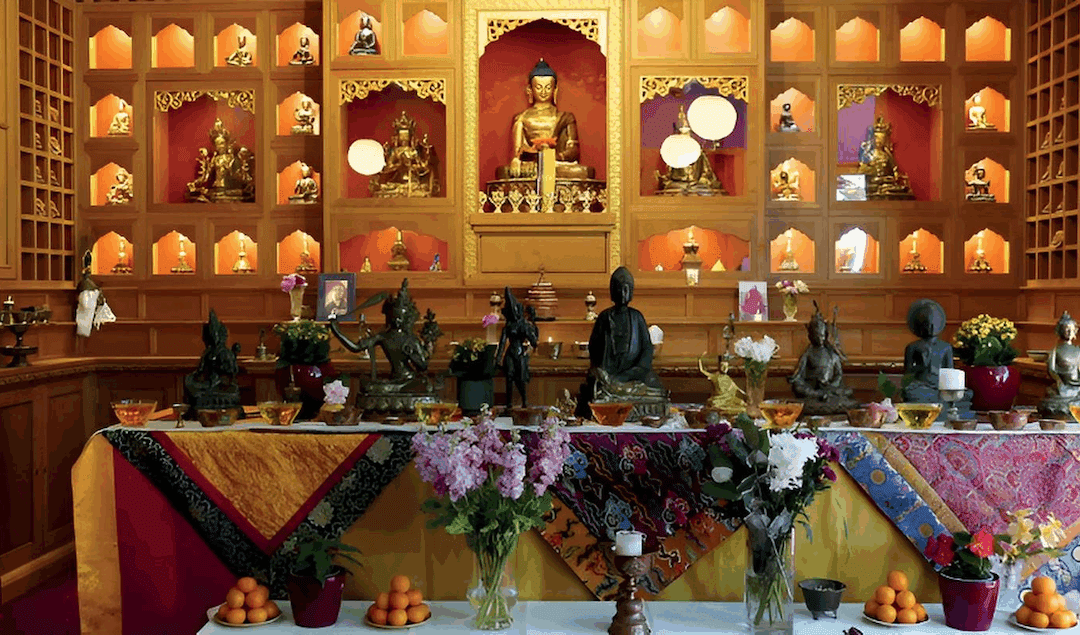Filling the Statues in the Marpa House shrine room
During the Filling of the Statues, I was asked why we do the filling. So I went to see if I could find a book which might say something about it. I looked for Robert Beer’s book on Tibetan symbols, but couldn’t find it. Instead, I found ‘Buddhist Symbols in Tibetan Culture’ by Dagyab Rinpoche, Wisdom Publications, 1995.
In this book, he describes the Seven Jewels of Royal Power, which are offered in mandala offerings. They are the Precious Wheel, The Precious Jewel, the Precious Queen, the Precious Minister, the Precious Elephant, The Precious Horse and the Precious General. The last one, the Precious General, is replaced by the Precious Householder in some lists. The quality of the Precious Householder is to possess such wealth that disagreeable places are completely filled with jewels and other precious things, unasked. And, the wealth of the Precious Householder is inexhaustible. All the people are fond of such a person, who does not harm others.
From their beautiful exteriors, you might not think that the insides of the statues could in any way be disagreeable. However, in fact, they need to be cleaned before filling to remove bits left over from their casting. Then they are lined with bright, golden-yellow cloth before the precious substances are placed inside them.
Dagyab Rinpoche says that the qualities of all the symbols he describes are to be transferred to the spiritual plane. So, maybe filling the statues can be taken as an inspiration to fill our disagreeable places with spiritual jewels, and to practice unlimited generosity; we may not have unlimited wealth, but we can have the unlimited wish to give. He also encourages his readers to keep in mind the ultimate view of reality, so while filling statues we should remember that the precious substances, the filling process, and we ourselves, are all empty of inherent existence. This lessens our attachment to precious things.
Brian Richardson © 2024

